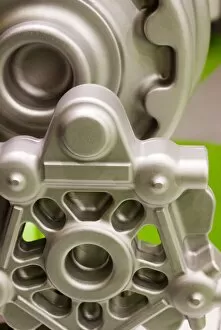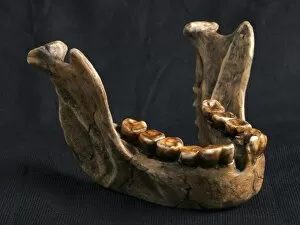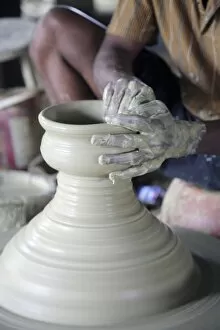Molding Collection (#2)
"Molding: A Journey through Art and History" From molding lead soldiers to intricate gum paste designs on a golden wedding cake
For sale as Licensed Images
Choose your image, Select your licence and Download the media
"Molding: A Journey through Art and History" From molding lead soldiers to intricate gum paste designs on a golden wedding cake, the art has been prevalent throughout history. In France, the Cathedral of Our Lady in Amiens showcases stunning architectural molding that have stood the test of time. Delving into ancient times, we discover a Rhyton drinking vessel shaped like a donkey head, created by the talented Painter of London E 55 around 480-470 BCE. This unique piece highlights how molding was used not only for practical purposes but also as an artistic expression. Moving forward in time, a wall painting from the exedra of a Villa at Boscoreale takes us back to c. 50-40 B. C. , where frescoes adorned walls with intricately molded details. The moulage des briques engraving further emphasizes how molds were utilized in brick-making processes during this era. Egyptian culture also embraced molding techniques, as seen in two molds depicting Osiris figures discovered in Abydos. These molds offer insights into ancient Egyptian religious practices and their dedication to preserving their beliefs through meticulous craftsmanship. Turning our attention to Parisian history, we find ourselves immersed in an album titled "Documents pour l'histoire du vieux Paris. " Within its pages lies evidence of moldings used in various architectural structures that once graced the city's streets. The drawing-room by Adam dating back to c. 1770-80 exemplifies how ornate moldings were incorporated into interior design during the neoclassical period. Similarly, painted cornices from Pompeii's Casa del Narciso showcase Roman ingenuity when it came to decorative plasterwork. Exploring beyond Europe's borders brings us closer to Tervueren's brule-parfum or perfume heater—a testament to Eastern influences on European aesthetics and functional objects crafted using delicate molds.









